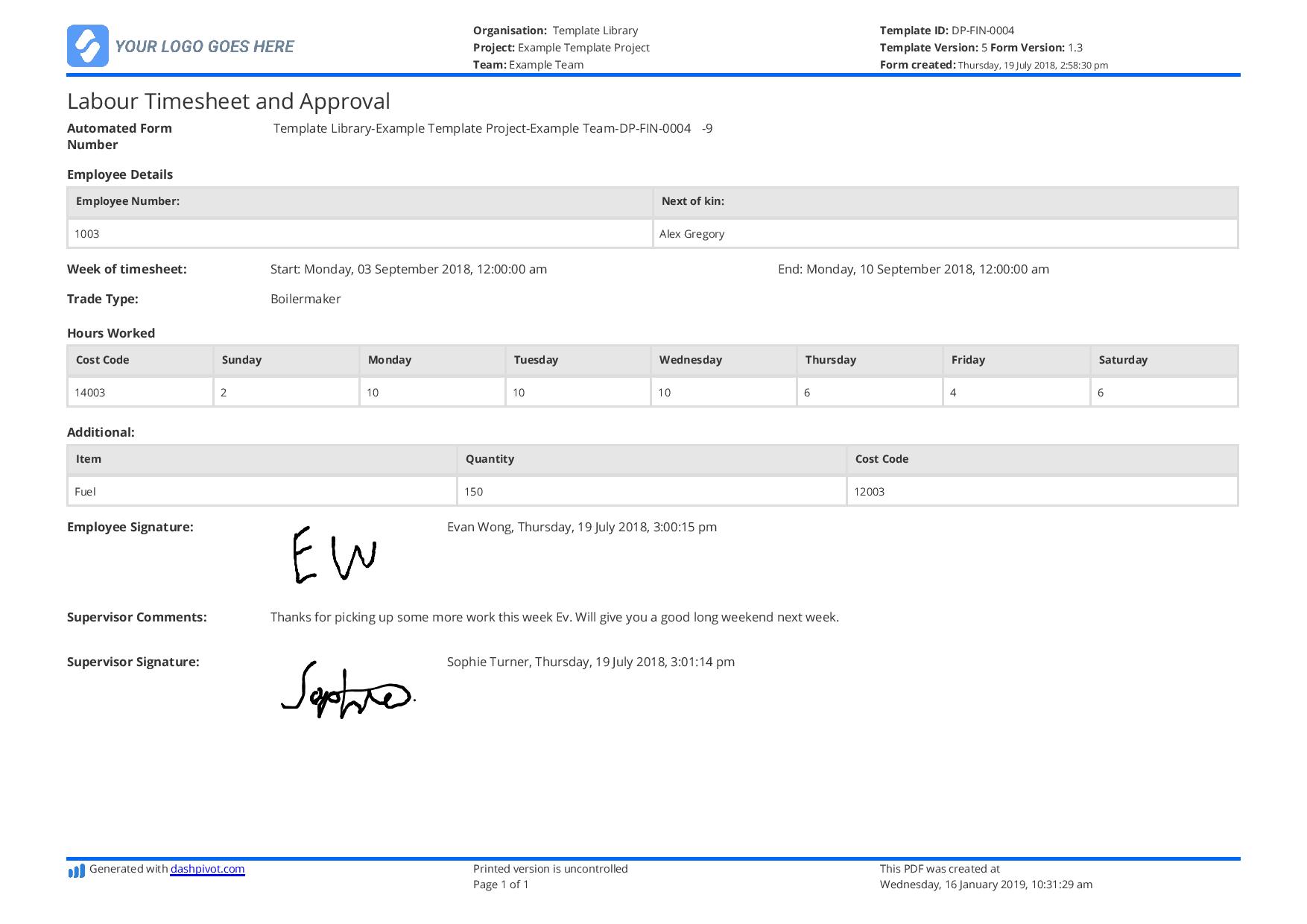Finance – Construction cost codes

Construction cost codes: Everything you need to know
What are construction cost codes?
Construction cost codes enable construction companies to seperate costs into specific categories, which are assigned to specific divisions, so that companies and projects can accurately see how much specific jobs or tasks cost them - and how that compares to what was forecast or budgeted.
Cost codes are an easy and effective way to 'organise' costs, all the way through the project: from budgeting, to documenting work, to tracking and analysing spend.
The best way to look at and interpret cost codes is to think of them as being specific types of work which are conducted by a company on a project. Cost codes are typically derived and resemble the Construction Specifications Institute or CSI, but companies don't have to rely on this or any structure and can create and maintain their own cost code lists - as cost codes are company specific and not project specific.
Cost codes, or activity based costing, is the best and most reliable way construction companies can account for the work completed on one of their projects. Because the costing structure is activity based, construction companies can look gain valuable insights in where they are spending their money - and how well it is being spent. This enables companies to make improvements and become more efficient over time.
How many cost codes does a construction company need?
One of the most debated aspects of construction cost codes is how many is too many and how many is not enough?
The answer to this questions is it depends (I know, not very helpful).
A common mistake which many companies make is to create and maintain too many cost codes - which makes accounting and managing costs more difficult that it needs to be - and doesn't add any insight or value to the cost analysis process.
A good rule of thumb used to simplify project cost coding is that one cost code is usually sufficient for any trade which the contractor or subcontractor does not perform themselves or subcontract out directly. If a contractor or subcontractor doesn't perform electrical work, then it can likely have one cost code for that entire type of work (electrical), rather than seperate cost codes for different types of electrical work which the company can't control or change anyway.
A single trade subcontractor likely only needs 12 or so cost codes - which do a great job of breaking down that trade into significant enough components to add value to tracking and understanding how much the different components of that trade are costing - and whether that is too expensive, cheap etc.
With cost codes, complexity for complexity sake isn't helpful, and companies who create and maintain very detailed or long lists of cost codes spend too much time managing, reconciling and updating all of this financial data for little to no value.
For cost coding, you want to find a healthy balance whereby you aren't spending hours reconciling costs codes and data from every piece of material and labour - nor are you running projects in the dark or making uninformed decisions without adequate cost structure breakdowns.
Benefits of using cost codes for your construction projects
As was partially mentioned in one of the earlier sections, the main benefit of utilising cost codes is that it is a fast and easy way to identify and analyse how money is being spent on your projects.
If you were to simply look at your project costs as one large number 'X', then you would know how much was spent and how much was 'made' from the project - but you wouldn't understand why you spent or earned that much and how you could have made more money on the project.
Another benefit of using cost codes in construction is that by creating standardised cost codes, financial accounting and tracking activities and costs become much easier.
Standard construction systems and tools like excel, databases, construction management softwares and accounting softwares can all easily ingest, organise and sort information based on codes. This saves time on moving data around and general admin, and enables systems, financial and other teams to quickly sort and manipulate costing information.
Another major benefit of construction cost coding, which is a derivative of the first and second is that cost codes enable management to identify profit centres - the parts of the business which are making the most money - and to eliminate the types of work which aren't profitable.
A contractor or subcontractor must focus on and specialise in areas of construction where they are strong, and can subcontract out or hand over poorly performing and non-critical areas to other specialist parties. By focusing on the areas of the business which consistently perform well, a company will be able to do better work and make more of those dollars.
How to design and implement a good cost coding system
We've already covered some of the core elements of good construction cost codes including keeping the structure and number of cost codes as simple as possible and aligning your cost codes with your systems and tools like spreadsheets, construction and accounting softwares.
The other key element of getting the most out of cost codes is in implementing how these cost codes are captured and tracked on site or in the office.
Having a set of defined cost codes is the first half of the battle - and the second is to ensure that people are documenting work properly and 'attaching' the right cost codes to the right activities.
While there is an element of human motivation and discipline here, a large part of it is also how easy it is for foremen, engineers and project managers to easily access and document the right cost code. Companies often complain about people not inputting the right cost codes, without thinking about why a person would omit or put the wrong cost code down.
Site diaries, timesheets and other cost code oriented forms and documents can feature a 'legend' of the cost codes, or you can utilise site diary apps and software to guarantee that the right cost code is chosen for a material or activity.
These softwares provide companies and people with form logic, so that when someone selects a person, piece of plant or supply from a dropdown list, it's cost code and other details are auto-populated.
This ensures that everything being captured is accurate, and also saves your site workers a bunch of admin time and manual data entry.
Construction cost code examples
All of this information can be helpful and informative, but sometimes examples are even more helpful.
The video here gives you an example breakdown of some construction cost codes and examples.
Below is an example of how construction cost codes can and have been captured on site. This site form is a labour timesheet and approval workflow, filled out and approved by the construction foremen and office administrator.
This document was filled out using a site app and software tool, and you can see how the cost code is front and centre in the hours worked table.
In this case, that cost code was designated for a boilermaker or boiler works, and the boilermaker worked out an entire week.
You can also see that some incidental or additional charges were made for fuel - which also has it's own cost code - which might be a general cost code for all types of fuel used on the project.
If every form on site is captured in this way, then the construction company can easily see and analyse where money is being and was spent, which gives them more control over how it is spent in the future.

Use and customise this digital construction timesheet for free.
A better way to manage cost codes
A lot has been written and said about construction cost codes over the years, and the understanding and implementation of cost codes and other financial measures continues to improve.
There will always be the same issues and arguments to be made for how to structure and setup cost codes, but the implementation and tracking of those cost codes has come a long way thanks to smarter systems and software.
If you find yourself chasing up cost codes, manually entering cost codes and swearing up a storm when half of site workers don't enter cost codes properly, then take a look at some financial project management software or a digital solution like the templates below.
Using these smarter tools, you can import or setup your lists of cost codes, and then connect them to the work and activities being performed and captured on site.
Instead of constantly referencing a spreadsheet or asking people to please input the right cost codes, you can have a living database of cost codes which are automatically populated and connected to the information being collected on site, ensuring that your data and project financials are accurate, so that you can knowingly rely on that information to make informed decisions about how money is being spent - and how things need to be changed.
People in 80+ countries use this project management software to manage and implement their cost codes more efficiently.


